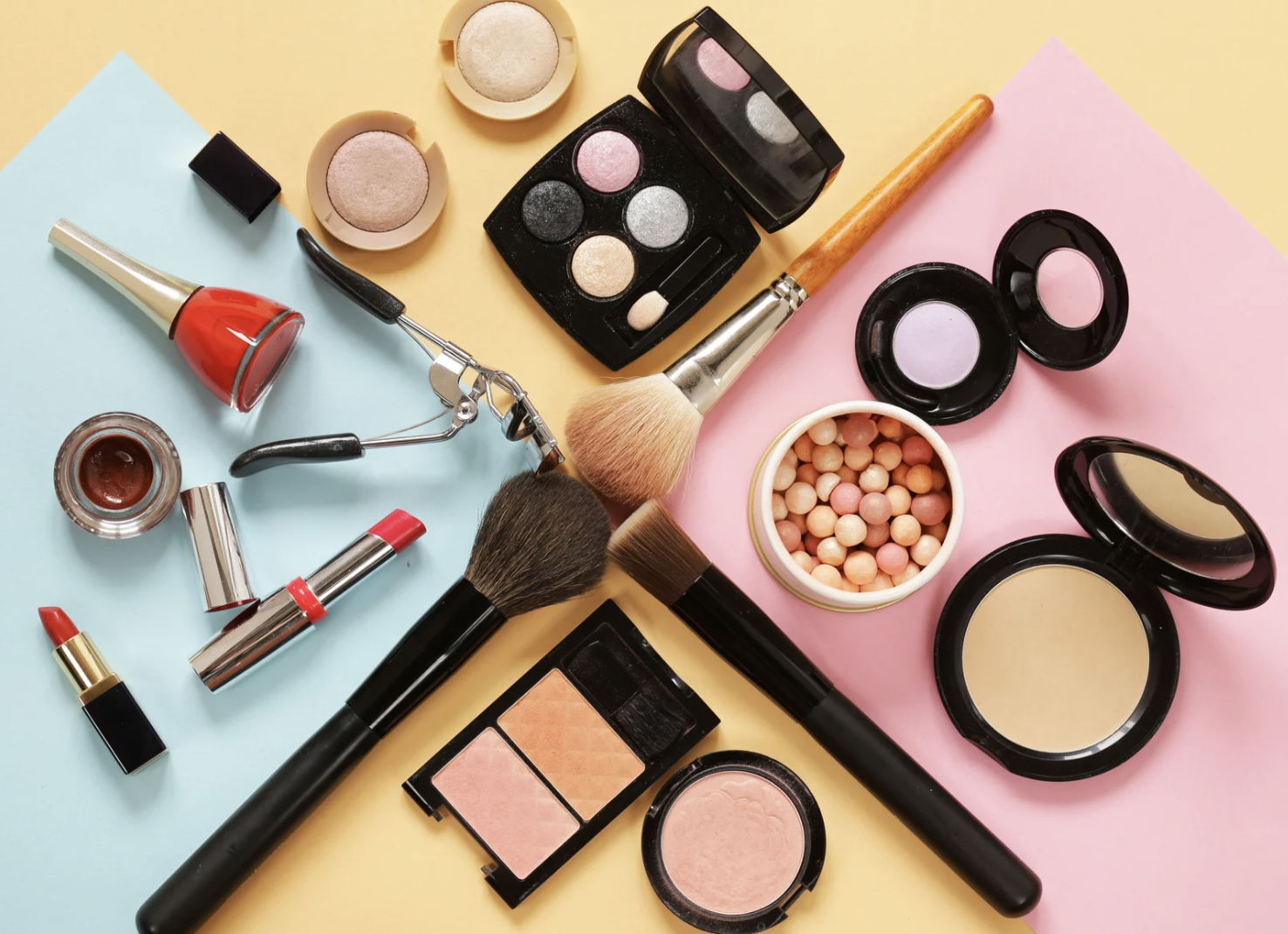
In the pursuit of flawless skin, vibrant hair, and glowing complexions, we often overlook one crucial factor: the environmental impact of our beauty routines. The beauty industry is a global powerhouse worth hundreds of billions of dollars, yet this demand for cosmetics, skincare, and hair products comes at a significant ecological price. From raw material extraction to manufacturing, packaging, and distribution, each step in producing beauty products contributes to an ever-growing carbon footprint.
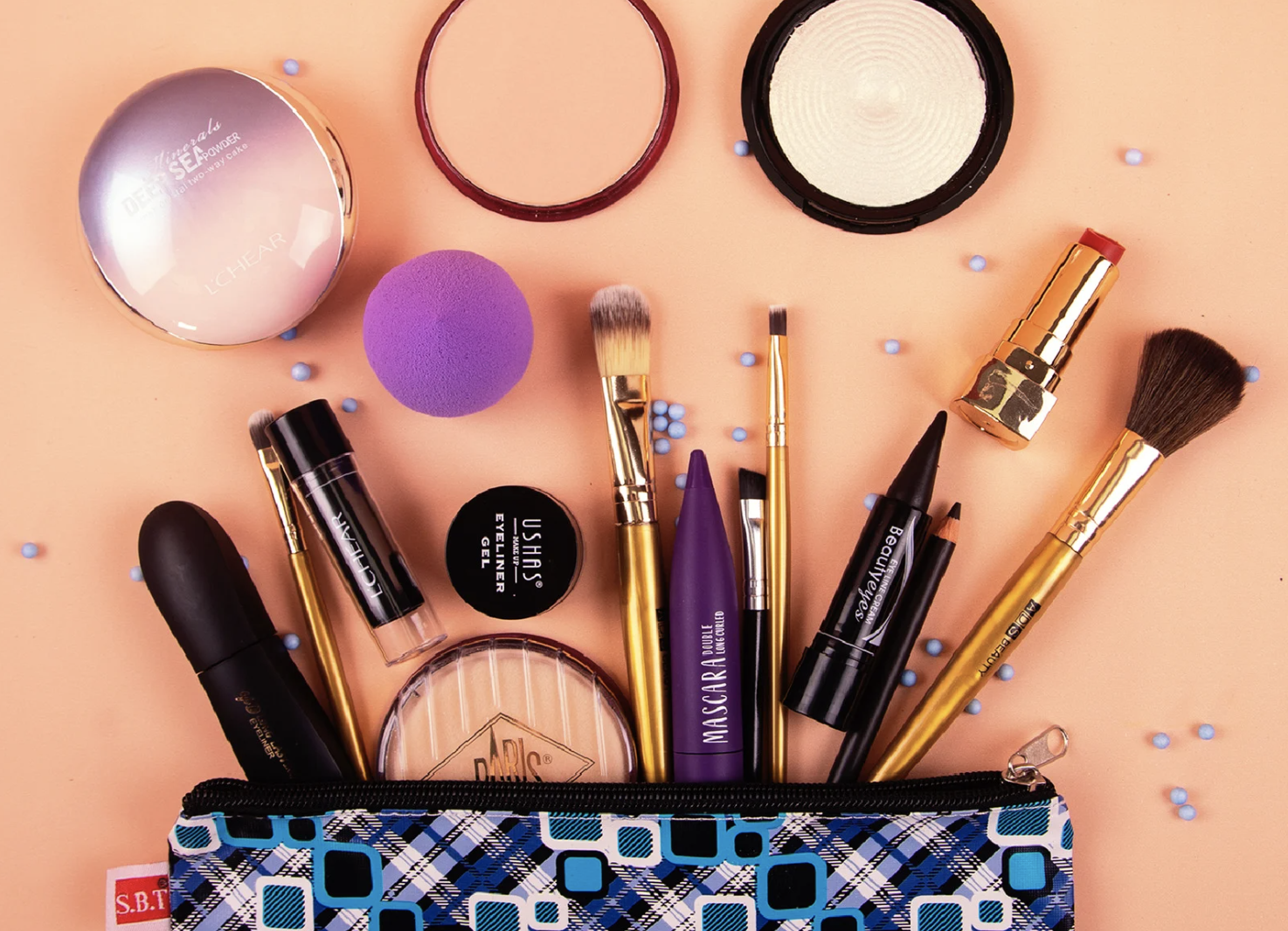 As climate change becomes increasingly pressing, both consumers and companies are beginning to take a closer look at sustainability in the beauty industry. In this article, we’ll dive into how the beauty industry impacts the environment, the shifts happening to mitigate these effects, and how consumers and businesses alike can contribute to reducing this carbon footprint.
As climate change becomes increasingly pressing, both consumers and companies are beginning to take a closer look at sustainability in the beauty industry. In this article, we’ll dive into how the beauty industry impacts the environment, the shifts happening to mitigate these effects, and how consumers and businesses alike can contribute to reducing this carbon footprint.
1. The Environmental Toll of Beauty Products
The carbon footprint of beauty products extends beyond the obvious, with hidden environmental costs embedded in nearly every product we use. According to recent studies, the global beauty industry produces around 120 billion units of packaging each year, most of which are not recyclable. A typical beauty product undergoes several carbon-intensive stages, including:
Extraction of Raw Materials: Ingredients such as palm oil, mica, and even water are often harvested in unsustainable ways that contribute to deforestation, habitat loss, and water scarcity.
Production Processes: Many production facilities still rely on fossil fuels, generating greenhouse gas emissions. The refining processes for chemical ingredients and synthetic fragrances also release pollutants that can harm air quality.
Transportation and Distribution: Cosmetics are shipped worldwide, often via air freight, adding another layer of carbon emissions. The “last mile” of delivery (the final stage from distribution center to consumer) is also notoriously carbon-intensive.
 Even at the end of a product’s life cycle, beauty products often leave an environmental legacy. Many cosmetic containers are single-use and non-recyclable, ultimately ending up in landfills or, worse, in our oceans as plastic pollution.
Even at the end of a product’s life cycle, beauty products often leave an environmental legacy. Many cosmetic containers are single-use and non-recyclable, ultimately ending up in landfills or, worse, in our oceans as plastic pollution.
2. Packaging: The Plastic Problem
Packaging is one of the beauty industry’s biggest contributors to carbon emissions. Many beauty products come in complex plastic or multi-material packaging that’s nearly impossible to recycle. This plastic waste doesn’t just contribute to landfill accumulation; it also has a high carbon footprint due to the petroleum-based production of plastic materials.
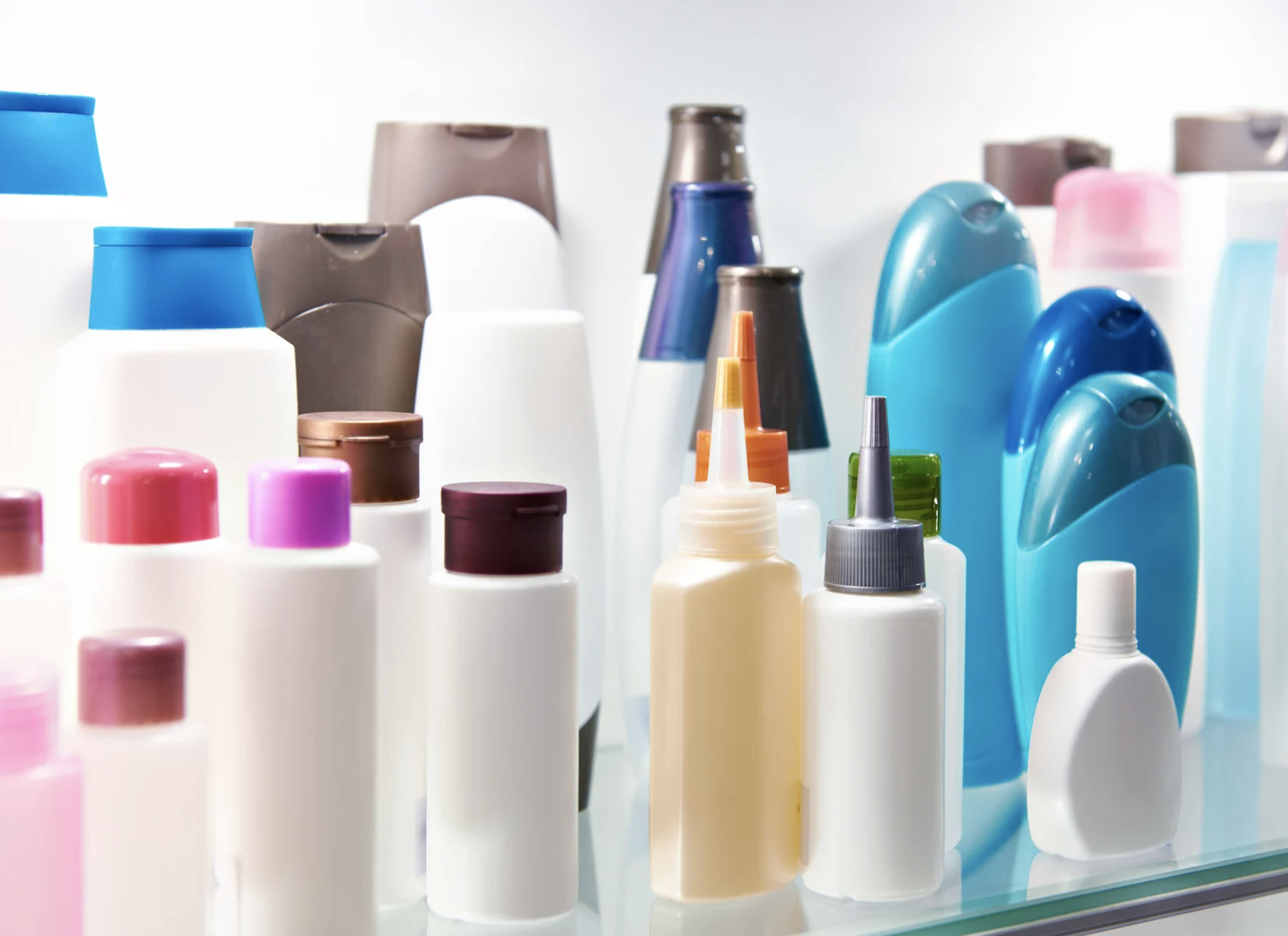 Brands like Lush and Kjaer Weishave pioneered packaging innovations such as biodegradable containers, reusable cases, and refillable products. These initiatives highlight the importance of rethinking packaging design, shifting towards “circular” packaging models that allow materials to be reused, recycled, or safely biodegrade. But despite these encouraging changes, much of the industry is still reliant on plastic packaging, underscoring the need for more stringent regulations and widespread adoption of sustainable alternatives.
Brands like Lush and Kjaer Weishave pioneered packaging innovations such as biodegradable containers, reusable cases, and refillable products. These initiatives highlight the importance of rethinking packaging design, shifting towards “circular” packaging models that allow materials to be reused, recycled, or safely biodegrade. But despite these encouraging changes, much of the industry is still reliant on plastic packaging, underscoring the need for more stringent regulations and widespread adoption of sustainable alternatives.
3. Ingredients and the Issue of Over-Harvesting
Many beauty products rely on ingredients sourced from biodiverse regions, such as shea butter, palm oil, and essential oils. These ingredients are often cultivated in large quantities to meet global demand, leading to deforestation, water pollution, and the displacement of wildlife. The impact of ingredient extraction has not only raised concerns about ecological damage but also about ethical labor practices.
 Palm oil is one notable example. Widely used for its moisturizing properties, palm oil cultivation is responsible for large-scale deforestation in countries like Indonesia and Malaysia, threatening endangered species and contributing to carbon emissions. By sourcing sustainable or synthetic alternatives and embracing fair-trade certifications, beauty companies can support biodiversity while maintaining ethical sourcing standards.
Palm oil is one notable example. Widely used for its moisturizing properties, palm oil cultivation is responsible for large-scale deforestation in countries like Indonesia and Malaysia, threatening endangered species and contributing to carbon emissions. By sourcing sustainable or synthetic alternatives and embracing fair-trade certifications, beauty companies can support biodiversity while maintaining ethical sourcing standards.
4. Water Usage in Beauty Production
Water is a crucial ingredient in many beauty products, from moisturizers to shampoos. Yet, water-intensive production processes exacerbate global water scarcity. For example, it can take several liters of water to produce just one gram of a skincare product, not accounting for the water used in packaging and transportation.
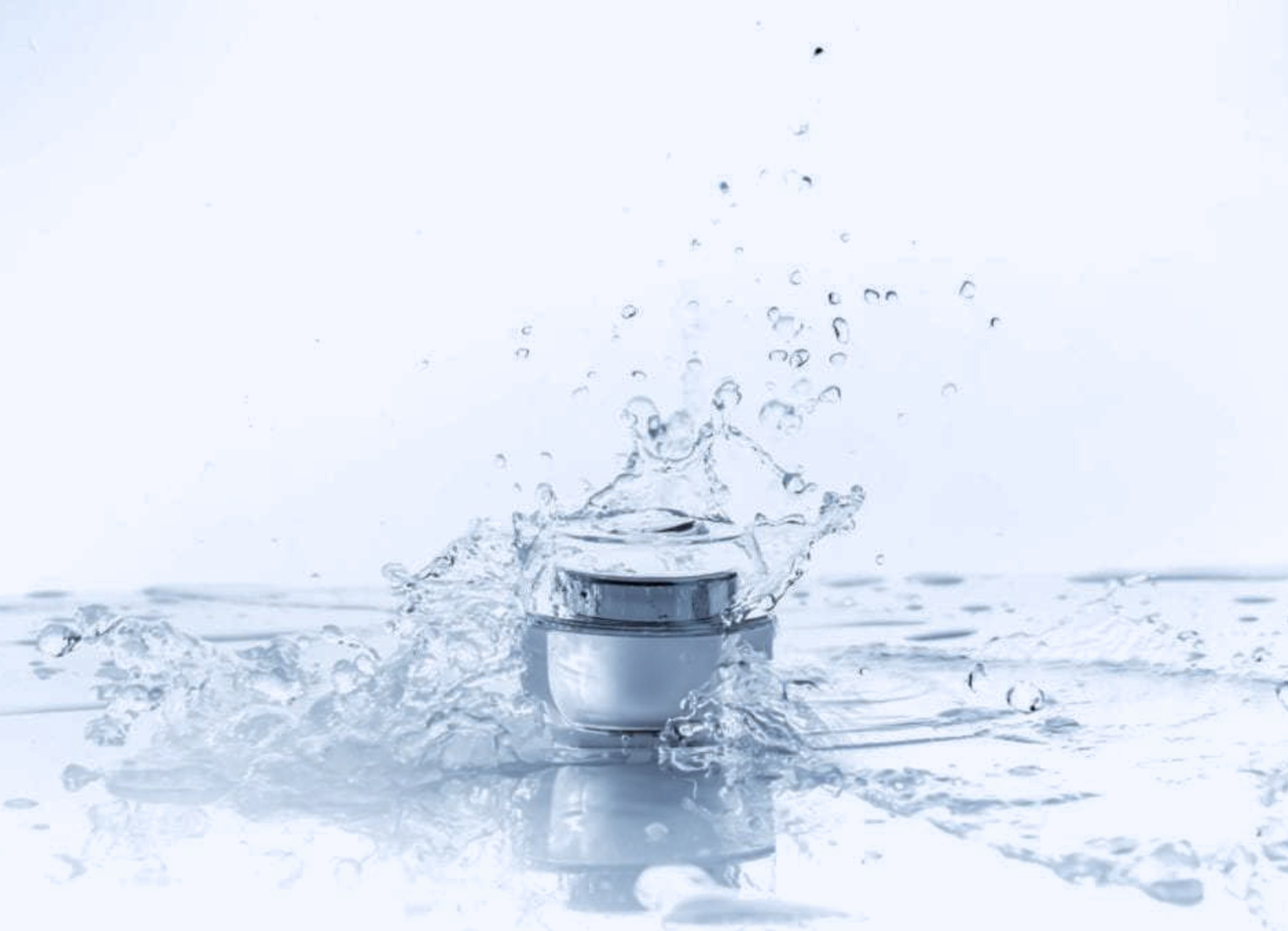 In response, some brands are developing waterless beauty products, such as solid cleansers, shampoos, and even toothpaste tablets. These products not only reduce water usage during manufacturing but also require less packaging and are often lighter to transport, resulting in lower carbon emissions.
In response, some brands are developing waterless beauty products, such as solid cleansers, shampoos, and even toothpaste tablets. These products not only reduce water usage during manufacturing but also require less packaging and are often lighter to transport, resulting in lower carbon emissions.
5. The Rise of Eco-Friendly Beauty Brands
Many beauty brands are responding to these issues by making a commitment to sustainability. While larger companies have been slower to change, new eco-conscious startups are reshaping the industry landscape. Brands like The Body Shop and Aveda have been at the forefront of sustainable practices, including recyclable packaging, carbon-neutral production facilities, and ethical sourcing.
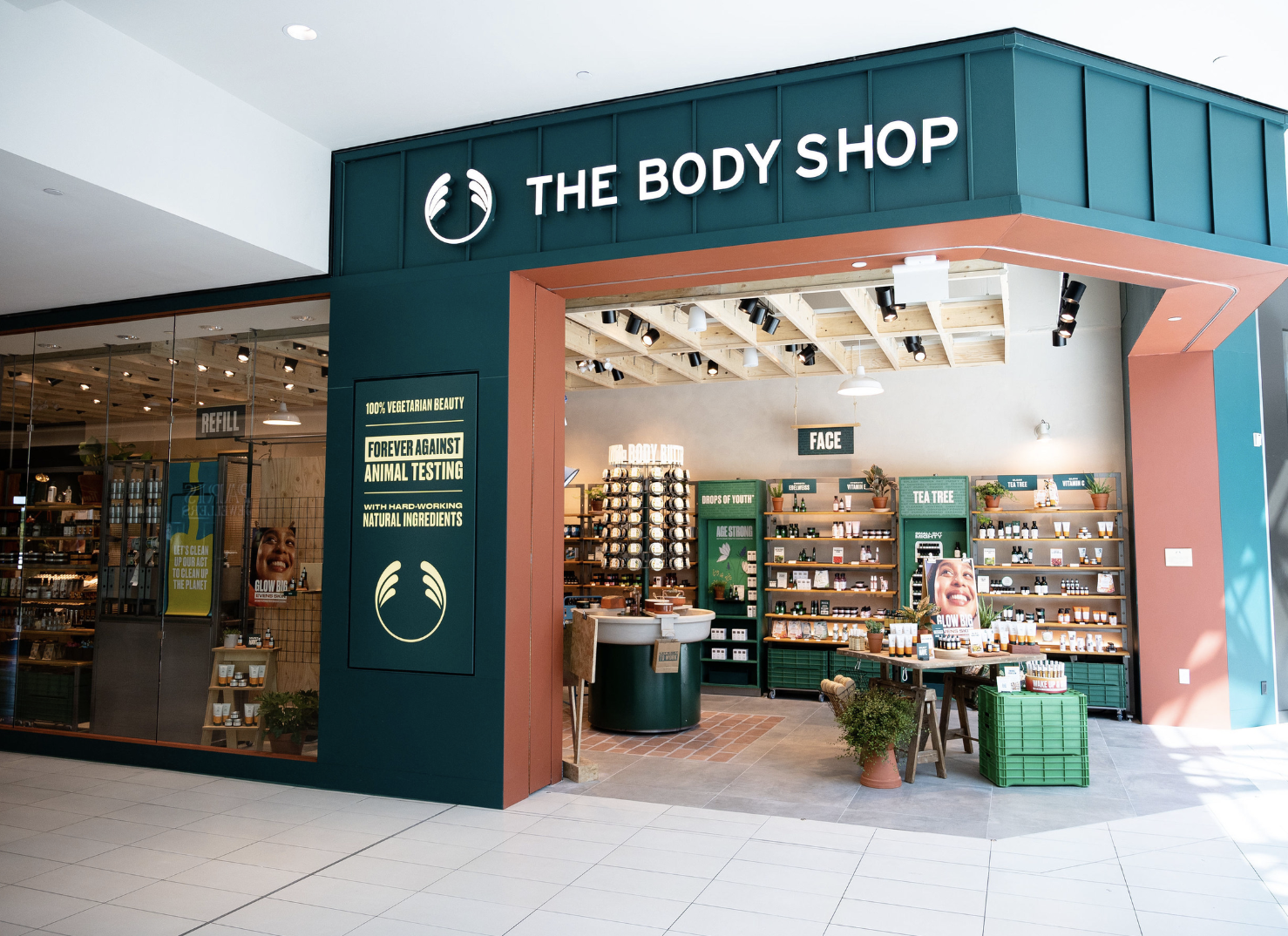 Others, like Herbivore Botanicals, use only natural and organic ingredients and avoid plastic packaging whenever possible. Several companies are also pursuing B-Corp certification, which assesses their environmental impact and social responsibility, allowing consumers to make more informed choices.
Others, like Herbivore Botanicals, use only natural and organic ingredients and avoid plastic packaging whenever possible. Several companies are also pursuing B-Corp certification, which assesses their environmental impact and social responsibility, allowing consumers to make more informed choices.
But there is still room for improvement. A 2021 survey found that 58% of consumers want companies to be more transparent about their environmental impact. Brands can meet this demand by providing information about their carbon footprint, sustainability initiatives, and eco-friendly product lines. Transparency isn’t just a trend—it’s a necessity for earning consumer trust in an increasingly eco-conscious market.
6. Consumer Responsibility: How We Can Make a Difference
As consumers, we have the power to influence the industry by choosing brands that prioritize sustainability. Here are a few steps we can take to reduce the carbon footprint of our beauty routines.
Choose Sustainable Brands: Look for brands that use recycled packaging, ethically sourced ingredients, and transparent manufacturing processes. Many brands now highlight their sustainability practices on their websites, making it easier to identify eco-friendly options. Some of these brands include Aveda, ILIA, Lush, The Body Shop and Tata Harper.
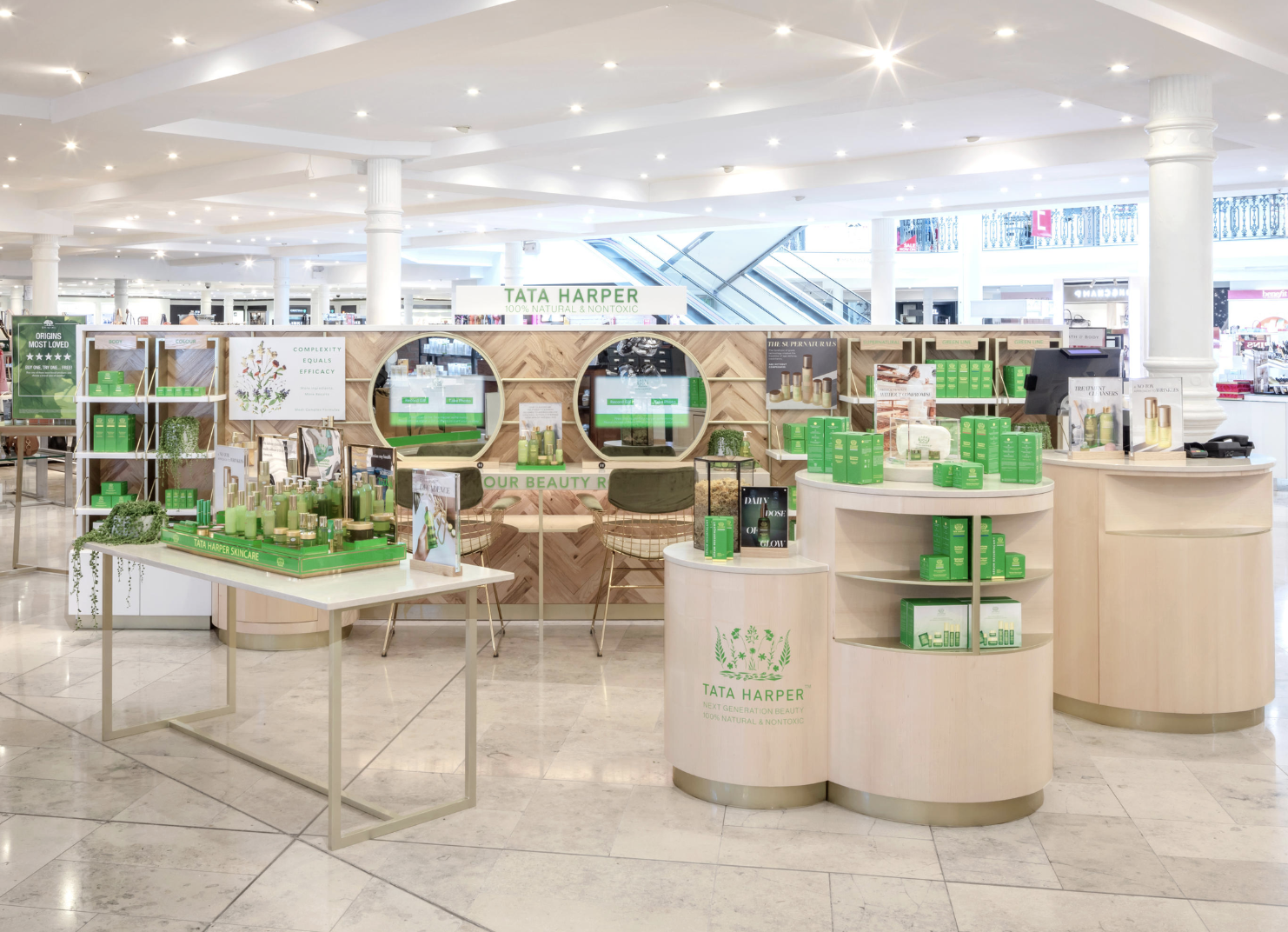 Opt for Refillable and Reusable Products: Refillable containers and reusable packaging help reduce single-use plastic. Brands like Kjaer Weis offer refillable compacts and cases, allowing consumers to keep their containers and simply replace the product inside.
Opt for Refillable and Reusable Products: Refillable containers and reusable packaging help reduce single-use plastic. Brands like Kjaer Weis offer refillable compacts and cases, allowing consumers to keep their containers and simply replace the product inside.
Buy Fewer, Higher-Quality Products: Focusing on quality over quantity reduces waste and often results in better product performance. A well-crafted product made from quality ingredients is more likely to last longer, allowing consumers to reduce their consumption.
Recycle Correctly: Not all beauty packaging is recyclable. Check local recycling guidelines and see if brands offer return programs. TerraCycle, for example, partners with brands like Garnier to recycle beauty product packaging that would otherwise go to waste.
 Explore Waterless and Solid Products: Solid beauty products like bars and powder formulations reduce water waste and require less packaging. Additionally, they are often more compact, making transportation more efficient and eco-friendly.
Explore Waterless and Solid Products: Solid beauty products like bars and powder formulations reduce water waste and require less packaging. Additionally, they are often more compact, making transportation more efficient and eco-friendly.
7. Looking Forward: The Future of Sustainable Beauty
The beauty industry’s impact on the environment is undeniable, but the rise of sustainable practices and conscious consumerism indicates a promising shift. Moving forward, brands have a significant role to play in reducing their carbon footprint by embracing innovative practices like carbon-neutral production, plastic alternatives, and ethical sourcing.
For a truly sustainable future, collaboration is key. Governments, brands, and consumers must work together to establish regulations that reduce waste, encourage recycling, and hold companies accountable for their environmental practices. The next few years will likely see an increasing number of “clean beauty” certifications, third-party auditing, and transparency initiatives to help consumers make sustainable choices.
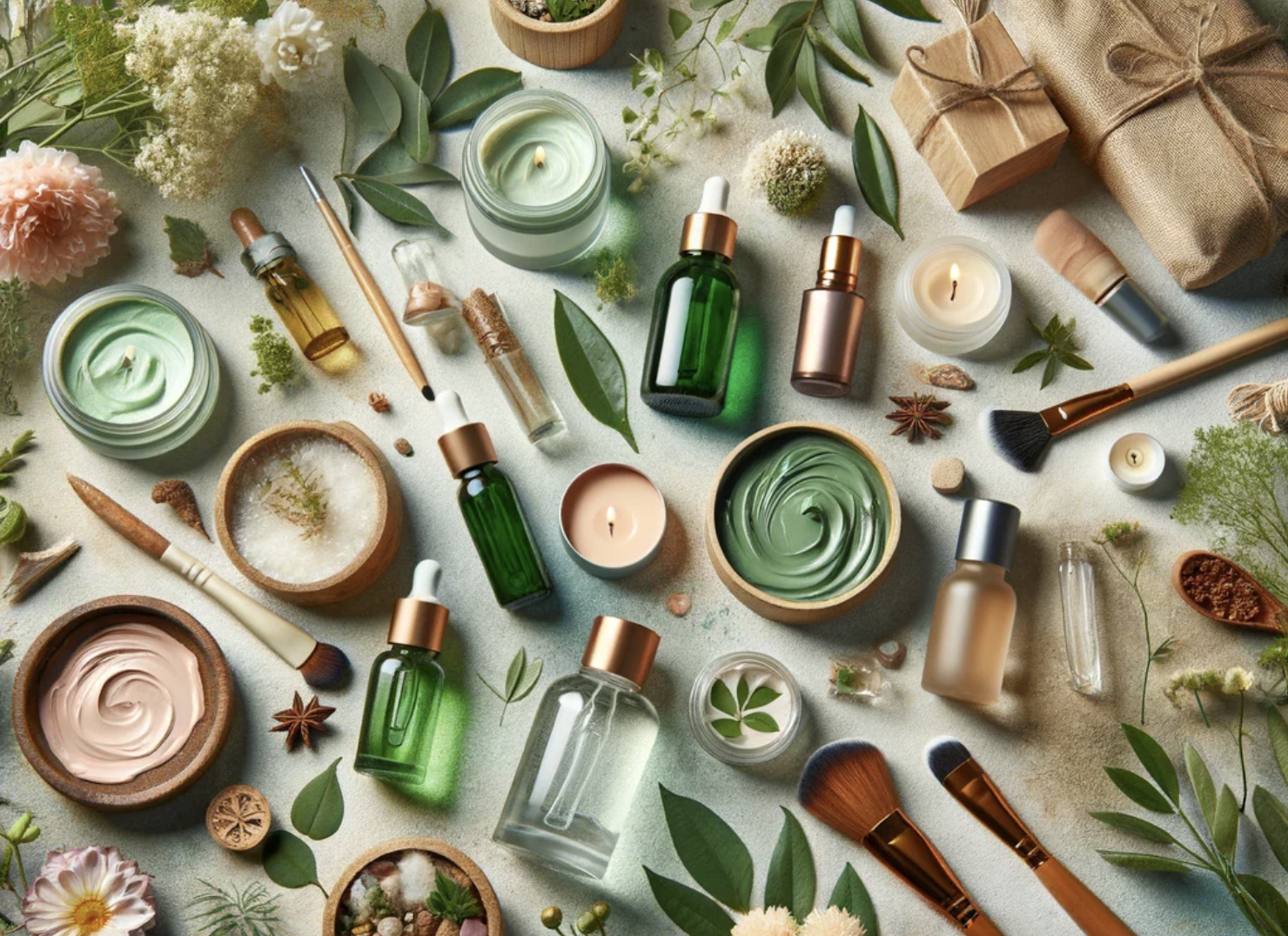 In the meantime, conscious consumers can support brands that align with these values and continue to advocate for change. As the demand for sustainable beauty grows, we can look forward to a future where our pursuit of beauty no longer comes at the expense of the planet. Together, we can make choices that honor both our personal care and our planet’s well-being, proving that true beauty is one that leaves a positive impact.
In the meantime, conscious consumers can support brands that align with these values and continue to advocate for change. As the demand for sustainable beauty grows, we can look forward to a future where our pursuit of beauty no longer comes at the expense of the planet. Together, we can make choices that honor both our personal care and our planet’s well-being, proving that true beauty is one that leaves a positive impact.
The journey toward a more sustainable beauty industry is ongoing, but there’s never been a better time for change. As awareness grows, so too does the potential for a cleaner, greener, and more transparent beauty industry. Each purchase is a vote for the kind of world we want to create—a world where beauty and environmental stewardship go hand in hand.




